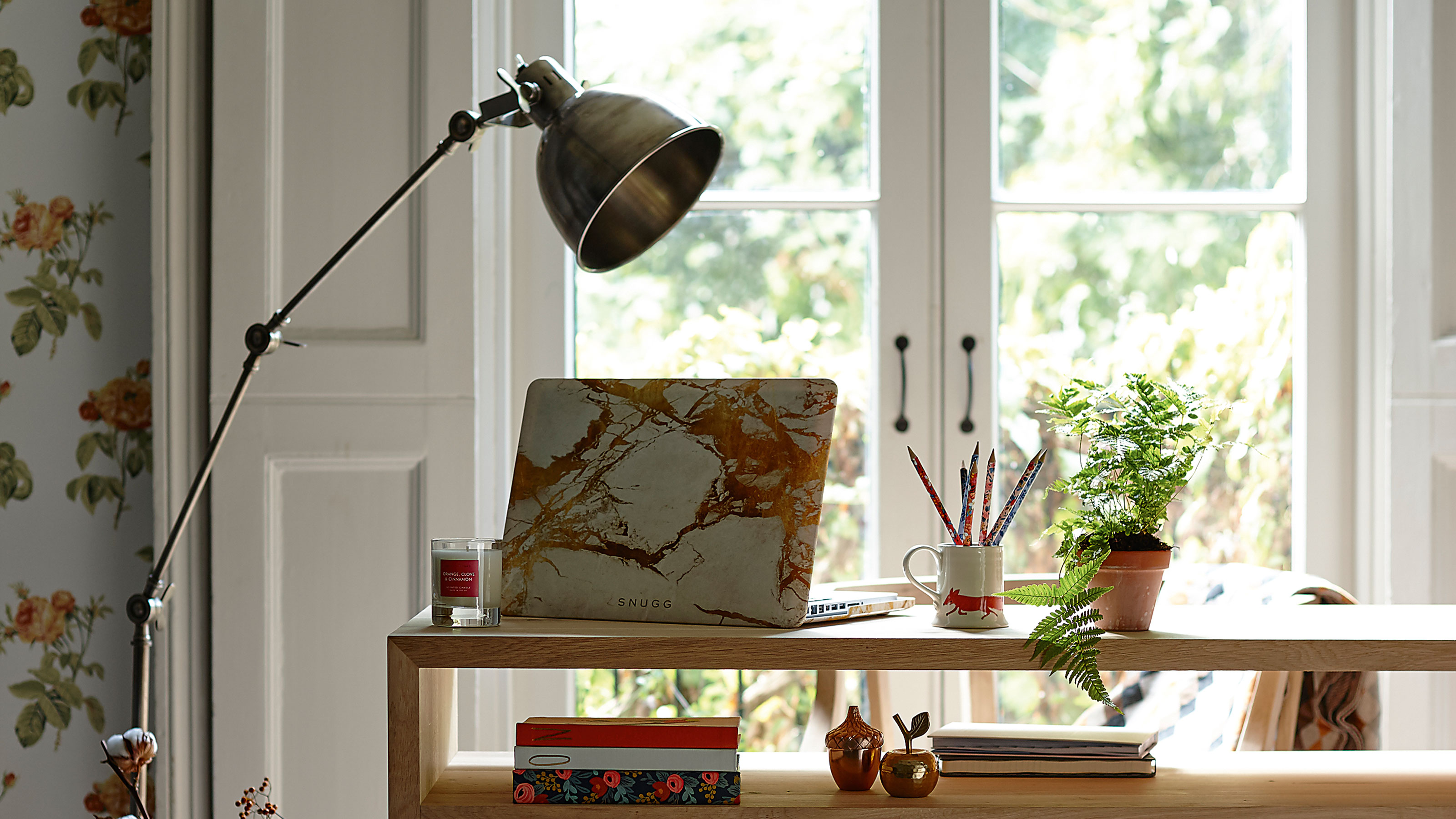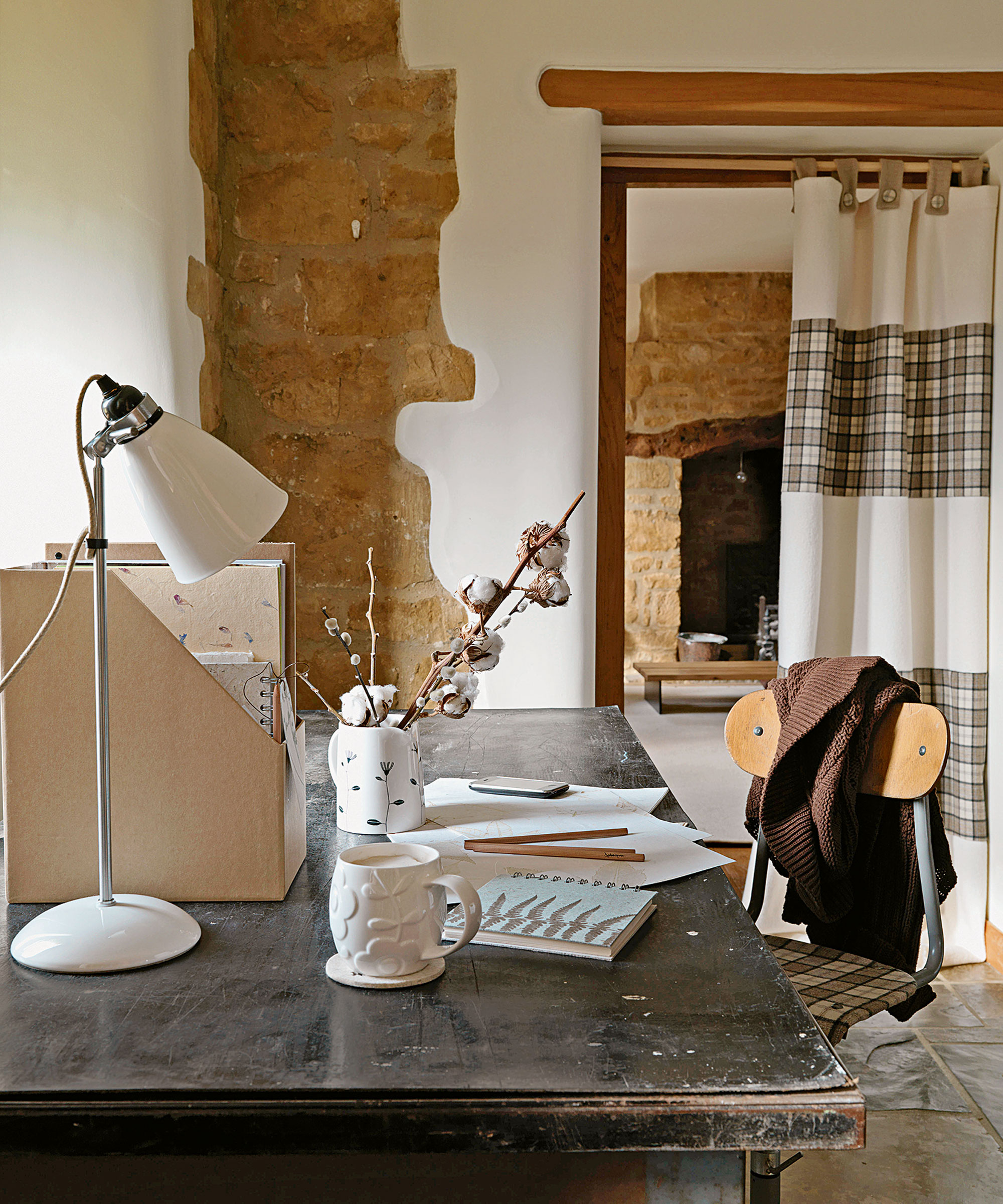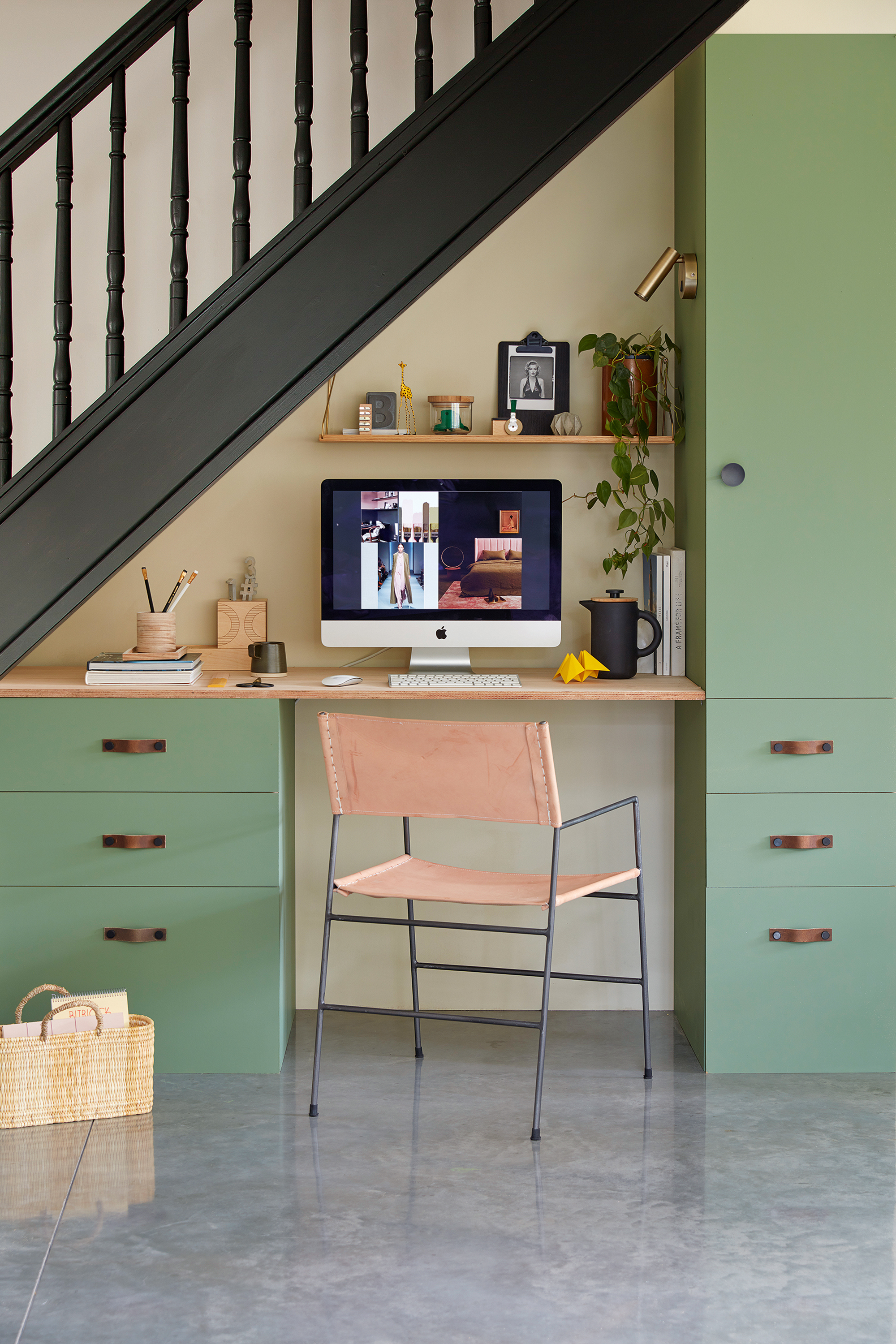IT experts reveal 9 easy ways to make your Wi-Fi faster
Follow these simple steps for lightning speeds


With millions of us working from home at least some of the time, our Wi-Fi really needs to be reliable. A shaky connection is something we simply don't have time for in this day and age, whether taking Zoom calls from our home office or hanging out at home as a family with various devices on the go.
There's nothing more frustrating than a bad connection so we have asked experts for their advice on how to achieve lightning-fast WiFi. Delays, buffering and website timeouts can be caused by all kinds of factors, particularly interference from other devices and Wi-Fi congestion, which is when a lot of people are on the same WiFi channel.
Wireless transmissions should usually reach around 30m, so if you're sitting near the router and the internet isn't working as it should, it's time to try our experts' tips and tricks below.
How to make your Wi-Fi faster

1. Consider placement
Wi-Fi routers aren't exactly something we want to show off, so more often than not they end up tucked away in corners or by the TV. But this could be where things are going wrong. Experts say placement is everything when it comes to Wi-Fi speed, so see if you can find a way to position your box away from the wall and in a more prominent position in your living room.
'Ideally, you want your router to be as centrally located as possible,' advises Rex Freiberger, CEO, Gadget Review. 'This allows for more even, reliable Wi-Fi coverage throughout your home by minimizing dead zones. Wi-Fi signals travel more efficiently at higher heights, so consider putting your router on top of a bookcase or tall cabinet.'
Place it up off the ground to avoid signal interference, and keep it away from metal objects, microwaves, and plants, as these can also affect the Wi-Fi signal. If you're not big on the idea of having your router on show, place the router in a woven box like the SMARRA box with lid, at IKEA and nobody will know it's there.
2. Clean the router regularly
If your router is covered in a layer of dust, this could also be contributing to the problem. Clean the router with a microfiber cloth, at Amazon, when you're cleaning the living room, as dust can slow down the signal and cause it to overheat. Cleaning out the vents will mean air can flow around the router more easily, too.
Design expertise in your inbox – from inspiring decorating ideas and beautiful celebrity homes to practical gardening advice and shopping round-ups.
3. Use an ethernet cable
'We sometimes forget: Wires still exist! You don't need Wi-Fi,' says Thomas Lewis, IT expert and founder of RIP City Reviews. He even says that a wired connection to your router is usually preferable to a wireless one because it's faster and more stable and can't be affected by other devices.
Of course, the downside is that it limits where your devices can be, and it's less convenient. 'Still, for hardware that needs the fastest internet possible – a gaming console, desktop PC, or streaming box, for example – it's often well worth the effort to run a wire. The router will have a handful of Ethernet ports to spare, so all you need is a cable.'

4. Check how many devices are using the internet
'A great way to increase the speed of your Wi-Fi is to remove unnecessary connections from your network,' says Carla Diaz, co-founder of Broadband Search. 'All Wi-Fi connections have a limit known as bandwidth. The more devices that are actively using your Wi-Fi connection, the more bandwidth will be used up.'
Therefore if you have a lot of devices connected unnecessarily, you’ll experience slower speeds. Take those devices off the network to free up bandwidth and get the best possible speeds on the devices you are using. 'This is one of the simplest things that you can do to speed up your internet connection for specific devices,' Carla says. 'It doesn’t require too much effort and it can help you to identify devices that might be using the internet in the background.'
5. Complete any software updates
Dull but necessary: check for any software updates that may be available, as this could boost your router's performance.
6. Keep your Wi-Fi free for your primary devices
Prune the devices using your Wi-Fi connection by using ethernet cables for everything other than your laptop or phone. 'If possible, move all the devices like gaming consoles, streaming players, or even printers to a wired connection,' says Andreas Grant, a network security engineer at Networks Hardware
'This way, the Wi-Fi connection will be completely free for your laptop or your phone. We have too many devices in our home to keep the network crowded so it is better to use a wired connection whenever possible.'

7. Clear the cache
Clear the cache on your browser to regain some storage space and improve the performance of your connection. Small files accumulate over time and can slow down your internet.
8. Manually change the Wi-Fi channel
Check the instructions for your specific router online if you're not sure, but you should be able to find the option to switch channels in the device settings. IT expert Thomas Lewis says channels 1, 6, and 11 are the ones to try, as they'll have the least interference when multiple devices get hooked up.
9. Restart your router
And if all else fails, turn it off and on again. Wi-Fi signals are divided into channels, and if you live in a large apartment block, it could be that the channel has lots of people using it, which is slowing things down. If you turn your router off and turn it back on again this can move it onto a channel that has fewer people using it. This should speed up your connection, so you could try turning it off and on again every couple of weeks.
'A simple reboot typically suffices to significantly boost Wi-Fi speeds, clears the router's memory, and enables updates to be installed,' comments Matt Kerr, a tech expert and CEO and founder of Appliance Geeked.

Millie is a freelance writer and qualified interior designer based in Sheffield. She has many years of experience in the world of content and marketing, and previously worked as the head of Solved at Homes & Gardens. Before that, she worked in SEO at News UK in London and New York. She has a first-class degree in French and Italian from UCL and loves to weave decor into her home that reminds her of time spent living and studying in Bologna. Millie believes a clutter-free space that you love coming home every day is the best secret weapon for our well-being.